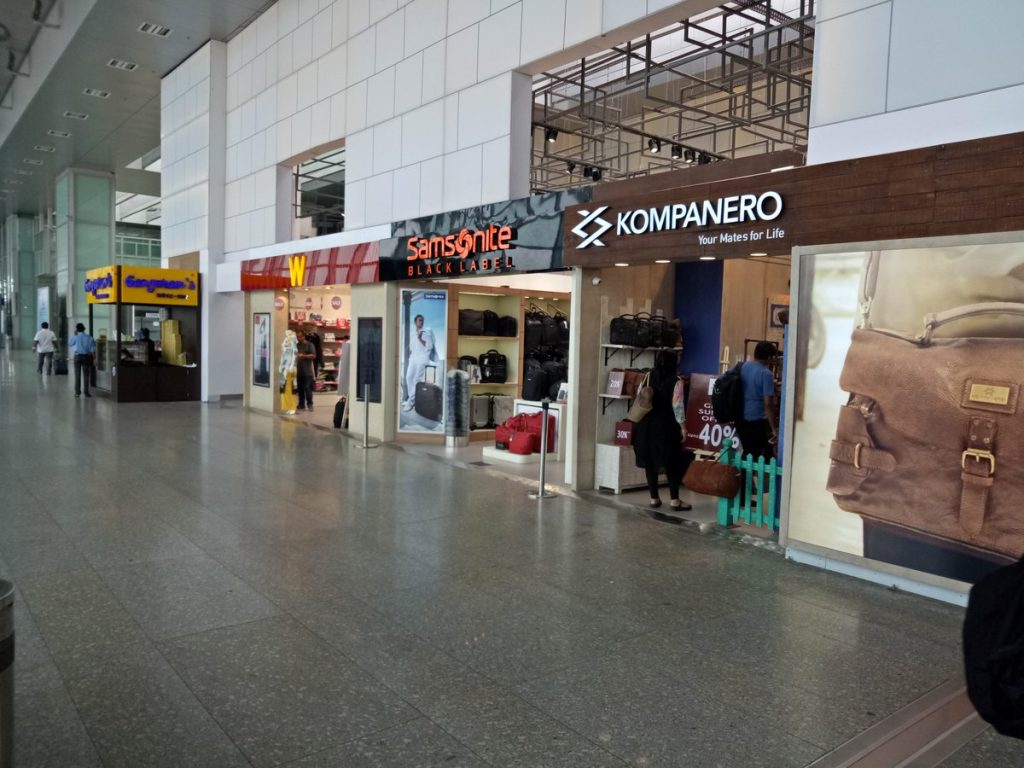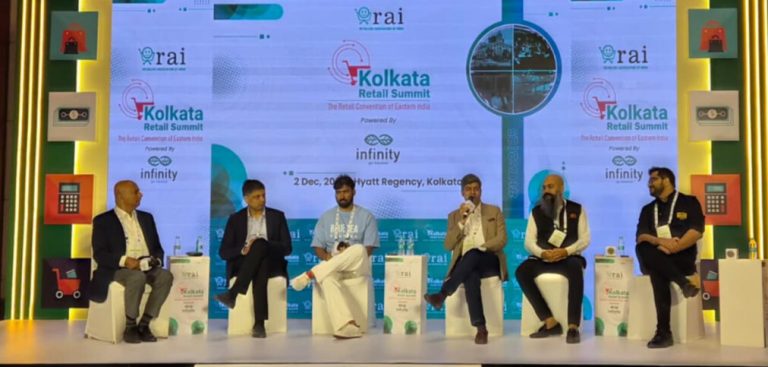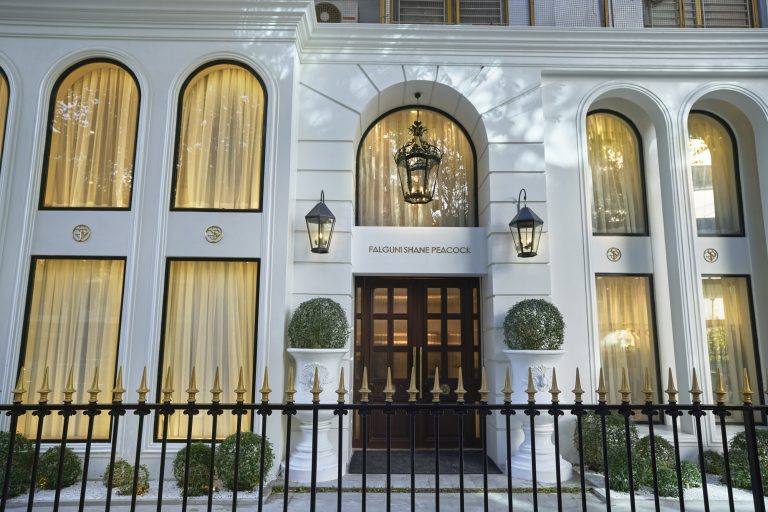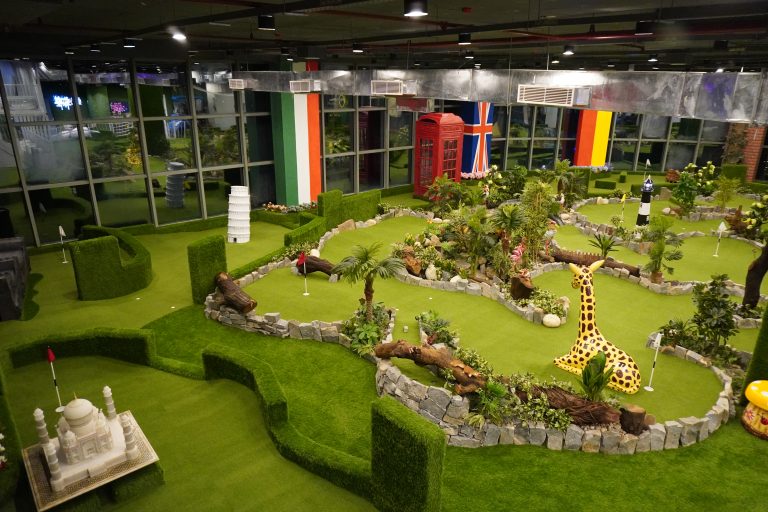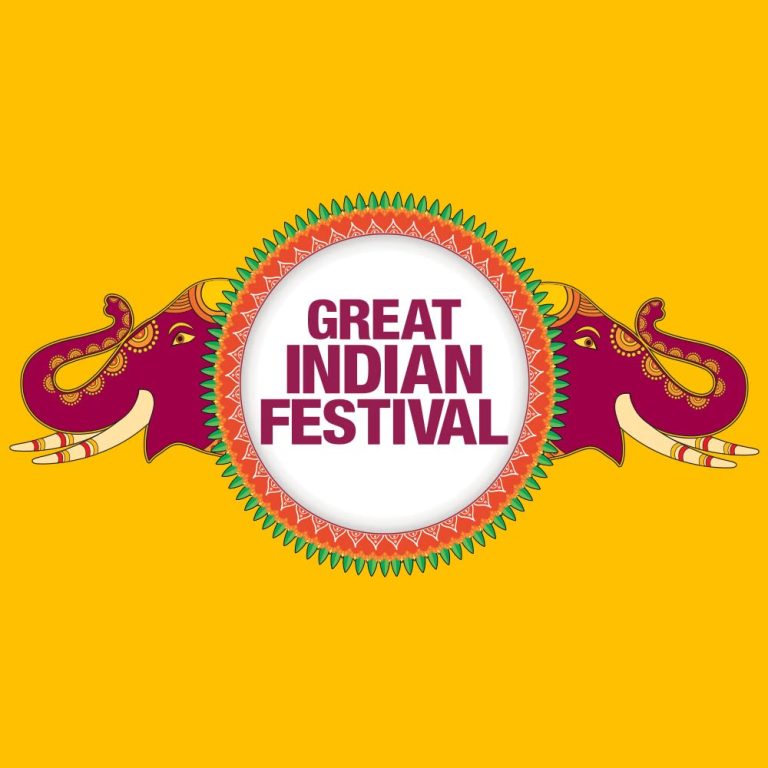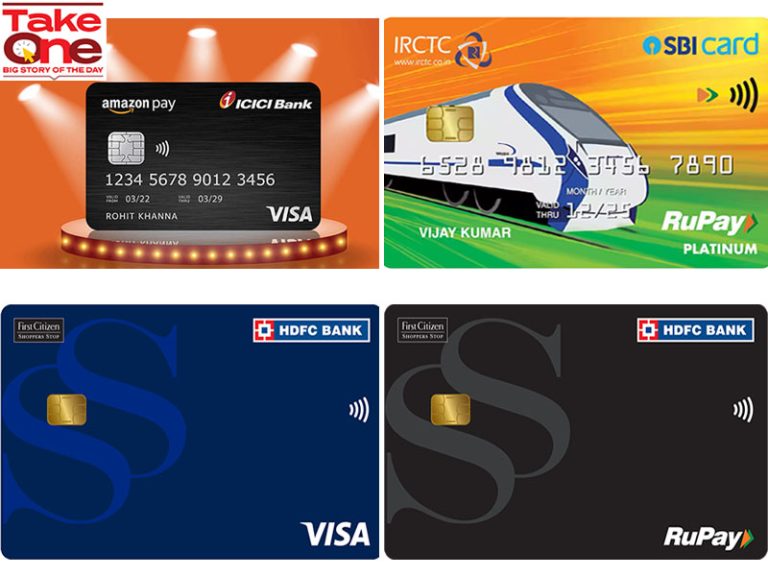Indian airports have come a long way since catering only to the business of flying passengers. Airport infrastructure in India has taken a quantum leap in the major metros. The international standard of infrastructure brought about in the airport terminals of the metropolitan cities in the recent years has now led them to catch up with global airports both in the ‘look and feel’ department as well as with the trend of promoting airports as key retail hubs.
“Airport Retail Market” is expected to witness significant growth in the coming years, primarily driven by the growing demand for (Independent Stores and Showroom, Duty-Free Stores, Others), Based on the type, the market can be segmented into (Perfumes and Cosmetics, Fashion and Accessories, Food and Beverages, Others).
The city airport now has its first liquor off-shop operating inside the security hold area of the domestic departure terminal selling liquor at prices similar to what is available at off-shops in the rest of the city. The airport already had duty-free liquor shops, but in the international terminal. But since September end, two liquor shops had begun operation in the domestic wing.
Kolkata is now India’s sixth busiest airport and the gateway to the NorthEast. Latest government figures show that The Netaji Subhash Chandra Bose Airport recorded a whopping 17,768,862 human traffic going through it in 2022 alone.
Exploring these shop-and-dine stops at Netaji Subhas Chandra Bose Airport
Biswa Bangla showroom at NSCBI Airport hold a piece of Bengal in your hands. It reaches out to thousands of crafts persons and weavers in the state to develop handicraft and handloom products that stand out in terms of quality and uniqueness.
Makaibari – one of the oldest tea factories – dating back to 1859 – has unveiled its first retail store inside a major metropolitan airport, opened its doors on May 1, 2023. The store at present houses 24 varieties of the world’s most revered brews – including Makaibari’s Rare Silver Tips Imperial – a variety of hand-crafted tea that sold for a record $1850 (around Rs 1.11 lakh) a kilo a few years ago, becoming the most expensive tea ever.
Rare Planet at Kolkata Airport sells handicrafts made by local artisans. It aims to work with more artisans building authentic handicrafts from Kutch, Jodhpur, Madhubani, Nadia, Saharanpur, Cuttack, Puri.
Flury’s deserves a separate mention because the Swiss confectionery always has shoppers hanging around, packing rum balls and pastries for relatives and friends. Established in 1926, it is Kolkata’s signature bakery brand.
7/12 Fried Ice Cream, the QSR-model Kolkata franchise brand has several outlets in the city, of which Acropolis Mall is probably the most popular.
Other notable national and international brands which together are making Kolkata airport the next retail destination are Pavers England, WH Smith, Kompanero, Hidesign, United Colours of Benetton, W, Go Colors, Eske, Sunglass Hut, Accessorize, Tanishq, Accessorize, Da Milano, Ross Brunello, Trunk House, The Man Company, Plum, Forest Essentials, Gioia, Glass Aura, Coffee Bean and Tea Leaf, Cococart and many more.
Curry Kitchen, Kusum Rolls, Idli.com, Tea Junction, Haldiram’s, Banchharam’s, Enerzy…..there is plenty to choose from at the spacious food court at Kolkata Airport. Ample seating makes it convenient for fliers who need to grab a bite or catch up on work.
Travel Club, on the first floor of the domestic departure for those who have either a Priority Pass or a premium Credit card. Meals and drinking water bottles are complimentary at this lounge.
A number of factors have been responsible for the development of airport retailing in India. In recent years, passenger traffic has gone up exponentially with a number of low-cost airlines emerging on the scene, thereby giving way to a large captive consumer base right at the airport itself, seven days a week. Besides, the time spent by passengers at airports has increased due to early check-in times set by airlines owing to security and operational concerns, providing them with the opportunity to visit retail stores. Maximum shopping is done by people in the window between clearing the security-immigration desks and boarding the aircraft.
Thus, it made sense for the retailers to be present in an airport, more so since there is a shortage of quality retail space with high visibility in India. Further, factors such as evolving consumer attitudes, attractive real estate, conducive regulatory environment, economic environment and the overall ecosystem have fuelled its growth. This has increased retail opportunities; thereby leading airports to develop retail as an integral part of operations rather than pushing the segment away in low-visibility corners.
Besides the scope of revenue, retailers today have recognised that airports offer multiple branding opportunities – it is a powerful platform to address a diverse range of clients. While the challenge rests in the fact that retail space is considerably expensive in an airport, which makes it difficult for many to invest in, brands would still prefer to be located in one owing to the high scope of branding exercises. Despite the expensive proposition, the success of this concept holds much significance to the retail sector. This is because, if it is effective in the forthcoming periods, airport retailing will have added another avenue for retailers and investors alike to invest in it as a profitable venture.
